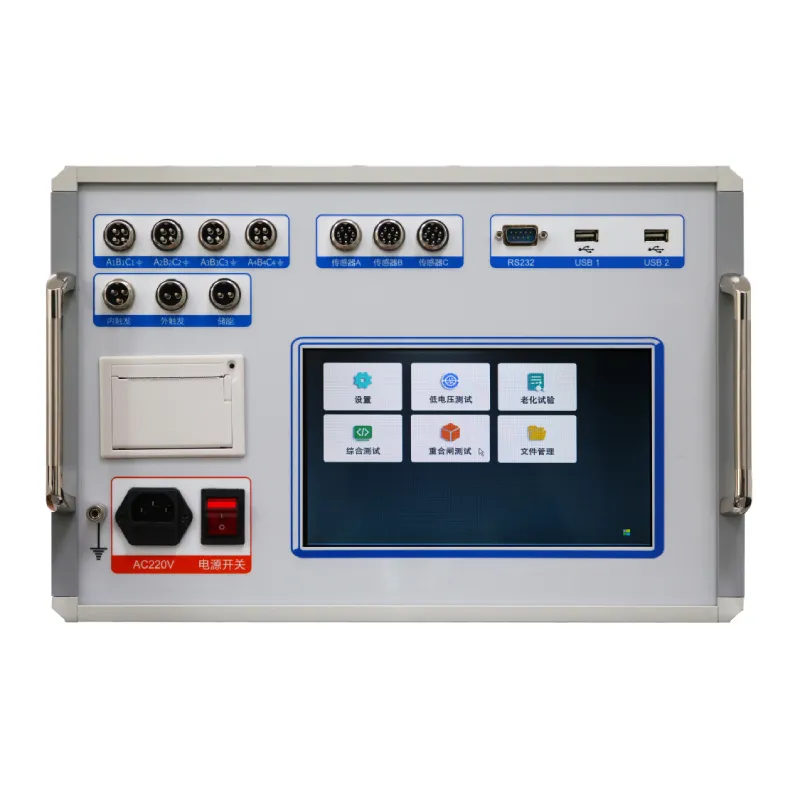 English
English



-
 Afrikaans
Afrikaans -
 Albanian
Albanian -
 Amharic
Amharic -
 Arabic
Arabic -
 Armenian
Armenian -
 Azerbaijani
Azerbaijani -
 Basque
Basque -
 Belarusian
Belarusian -
 Bengali
Bengali -
 Bosnian
Bosnian -
 Bulgarian
Bulgarian -
 Catalan
Catalan -
 Cebuano
Cebuano -
 China
China -
 China (Taiwan)
China (Taiwan) -
 Corsican
Corsican -
 Croatian
Croatian -
 Czech
Czech -
 Danish
Danish -
 Dutch
Dutch -
 English
English -
 Esperanto
Esperanto -
 Estonian
Estonian -
 Finnish
Finnish -
 French
French -
 Frisian
Frisian -
 Galician
Galician -
 Georgian
Georgian -
 German
German -
 Greek
Greek -
 Gujarati
Gujarati -
 Haitian Creole
Haitian Creole -
 hausa
hausa -
 hawaiian
hawaiian -
 Hebrew
Hebrew -
 Hindi
Hindi -
 Miao
Miao -
 Hungarian
Hungarian -
 Icelandic
Icelandic -
 igbo
igbo -
 Indonesian
Indonesian -
 irish
irish -
 Italian
Italian -
 Japanese
Japanese -
 Javanese
Javanese -
 Kannada
Kannada -
 kazakh
kazakh -
 Khmer
Khmer -
 Rwandese
Rwandese -
 Korean
Korean -
 Kurdish
Kurdish -
 Kyrgyz
Kyrgyz -
 Lao
Lao -
 Latin
Latin -
 Latvian
Latvian -
 Lithuanian
Lithuanian -
 Luxembourgish
Luxembourgish -
 Macedonian
Macedonian -
 Malgashi
Malgashi -
 Malay
Malay -
 Malayalam
Malayalam -
 Maltese
Maltese -
 Maori
Maori -
 Marathi
Marathi -
 Mongolian
Mongolian -
 Myanmar
Myanmar -
 Nepali
Nepali -
 Norwegian
Norwegian -
 Norwegian
Norwegian -
 Occitan
Occitan -
 Pashto
Pashto -
 Persian
Persian -
 Polish
Polish -
 Portuguese
Portuguese -
 Punjabi
Punjabi -
 Romanian
Romanian -
 Russian
Russian -
 Samoan
Samoan -
 Scottish Gaelic
Scottish Gaelic -
 Serbian
Serbian -
 Sesotho
Sesotho -
 Shona
Shona -
 Sindhi
Sindhi -
 Sinhala
Sinhala -
 Slovak
Slovak -
 Slovenian
Slovenian -
 Somali
Somali -
 Spanish
Spanish -
 Sundanese
Sundanese -
 Swahili
Swahili -
 Swedish
Swedish -
 Tagalog
Tagalog -
 Tajik
Tajik -
 Tamil
Tamil -
 Tatar
Tatar -
 Telugu
Telugu -
 Thai
Thai -
 Turkish
Turkish -
 Turkmen
Turkmen -
 Ukrainian
Ukrainian -
 Urdu
Urdu -
 Uighur
Uighur -
 Uzbek
Uzbek -
 Vietnamese
Vietnamese -
 Welsh
Welsh -
 Bantu
Bantu -
 Yiddish
Yiddish -
 Yoruba
Yoruba -
 Zulu
Zulu
Load Testing of Single Phase Transformer in a Virtual Laboratory Environment
Load Test on a Single-Phase Transformer A Virtual Lab Experience
In the realm of electrical engineering, transformers play a pivotal role in the transmission and distribution of electrical energy. Among various types, single-phase transformers are common in residential and light commercial applications. Conducting a load test on a single-phase transformer is crucial for assessing its performance characteristics, efficiency, and overall functionality. With advancements in technology, virtual labs have emerged as an effective platform for simulating these experiments, allowing students and engineers to gain practical insights without the need for physical equipment.
A load test is conducted to evaluate a transformer's behavior under varying load conditions. It involves connecting a specified load to the transformer while monitoring parameters such as voltage, current, and power factor. The primary aim of this test is to determine the transformer's voltage regulation, efficiency, and impedance, which are critical for assessing its performance under real operating conditions.
In a virtual lab setting, the setup begins with the selection of a single-phase transformer model. This model typically includes essential components such as the primary and secondary windings, an input supply, and a connected load. Users can adjust various parameters such as the load resistance, input voltage, and frequency to simulate different operating scenarios. The virtual environment provides real-time data visualization, enabling users to observe how the transformer responds to changes in load conditions.
During the load test, users will first establish the no-load condition by connecting the transformer to the supply without any load on the secondary side. This helps in measuring the no-load current and the no-load losses, which include core losses due to hysteresis and eddy currents. Next, a load is gradually applied to the secondary side, and data is collected at different load levels. This approach allows for the assessment of voltage drops across the transformer, which is a critical aspect of voltage regulation.
As the load increases, users can observe how the secondary voltage changes and how the current flows through the transformer. The virtual lab enables the students to calculate the efficiency of the transformer using the formula
\[ \text{Efficiency} = \frac{\text{Output Power}}{\text{Output Power} + \text{Losses}} \times 100 \]
load test on single phase transformer virtual lab

Determining the efficiency is vital, as it indicates how effectively the transformer converts input power to output power while minimizing losses.
Additionally, students can analyze the percentage voltage regulation, defined as
\[ \text{Voltage Regulation (\%)} = \frac{V_{\text{no load}} - V_{\text{full load}}}{V_{\text{full load}}} \times 100 \]
This metric helps in understanding how well the transformer maintains its output voltage as the load varies, an essential quality in ensuring stable electrical supply for end-users.
Furthermore, the virtual lab offers an interactive platform for experimentation. Users can manipulate variables and observe outcomes, fostering a deeper understanding of transformer operations. The graphical representation of data allows for quick analysis and comparison between theoretical predictions and actual results.
In conclusion, conducting a load test on a single-phase transformer in a virtual lab environment provides an invaluable learning experience. This hands-on approach not only enhances understanding of transformer operations but also equips students with the essential skills needed for real-world applications. With the aids of simulations and detailed analyses, future engineers will be better prepared to tackle challenges in electrical systems design and implementation.
-
Ensuring SF₆ Gas Safety: Introducing PUSH’s Integrated SF₆ Analyzer for Dew Point, Purity, and Decomposition MonitoringNewsJul.10,2025
-
Exploring the Main Types of Industrial Endoscopes and Their Applications Across IndustriesNewsJul.04,2025
-
Testing Equipment Industry Sees Major Advancements in 2025: Smart & Precision Technologies Lead the WayNewsJun.06,2025
-
Applications of Direct Current Generators in Renewable Energy SystemsNewsJun.05,2025
-
Hipot Tester Calibration and Accuracy GuidelinesNewsJun.05,2025
-
Digital Circuit Breaker Analyzer Features and BenefitsNewsJun.05,2025



